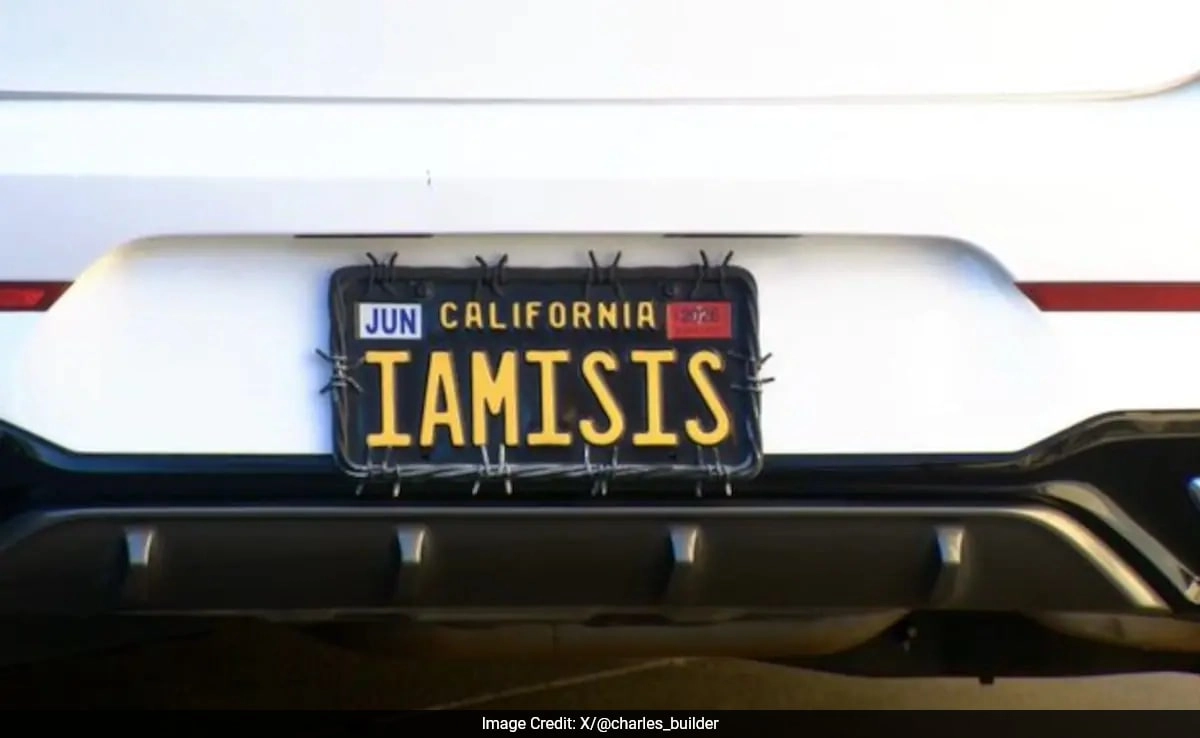In a remarkable case that highlights the intersection of personal identity and societal perceptions, a woman from the United States named Isis is engaged in a legal battle to retain her specialized license plate that reads “IAMISIS.” This situation stems from the negative connotations associated with the name Isis, which has been co-opted by extremist groups and has become synonymous with terrorism and violence in recent years. The woman, who has held the name since birth, argues that her connection to the name predates these associations and is rooted in her cultural heritage. She believes that the plate serves as a personal affirmation of her identity, rather than an endorsement of the extremist ideology that has sullied the name.
The case has garnered significant media attention, raising questions about the rights of individuals to express their identities in public spaces. Many supporters of Isis argue that her license plate should be viewed as a form of free speech, a way for her to reclaim the name from its negative associations. They contend that penalizing her for her choice undermines the very principles of freedom that the society values. On the other hand, opponents argue that the use of such a plate could be perceived as insensitive, considering the ongoing violence associated with the name in recent history.
As the legal proceedings unfold, the implications of this case extend beyond the personal realm, sparking discussions about the broader societal impacts of language and symbolism. The name Isis, which originally held significance in ancient Egyptian culture, has been transformed by contemporary events, leading to a complex dialogue about how identity is shaped and reshaped in the face of public perception. The outcome of this case could set a precedent for how similar situations are handled in the future, influencing not only personal expression but also the societal understanding of names and their meanings. Ultimately, Isis’s fight to retain her license plate is not just about a piece of metal; it symbolizes a deeper struggle for individual identity amidst a landscape marked by fear and misunderstanding.




